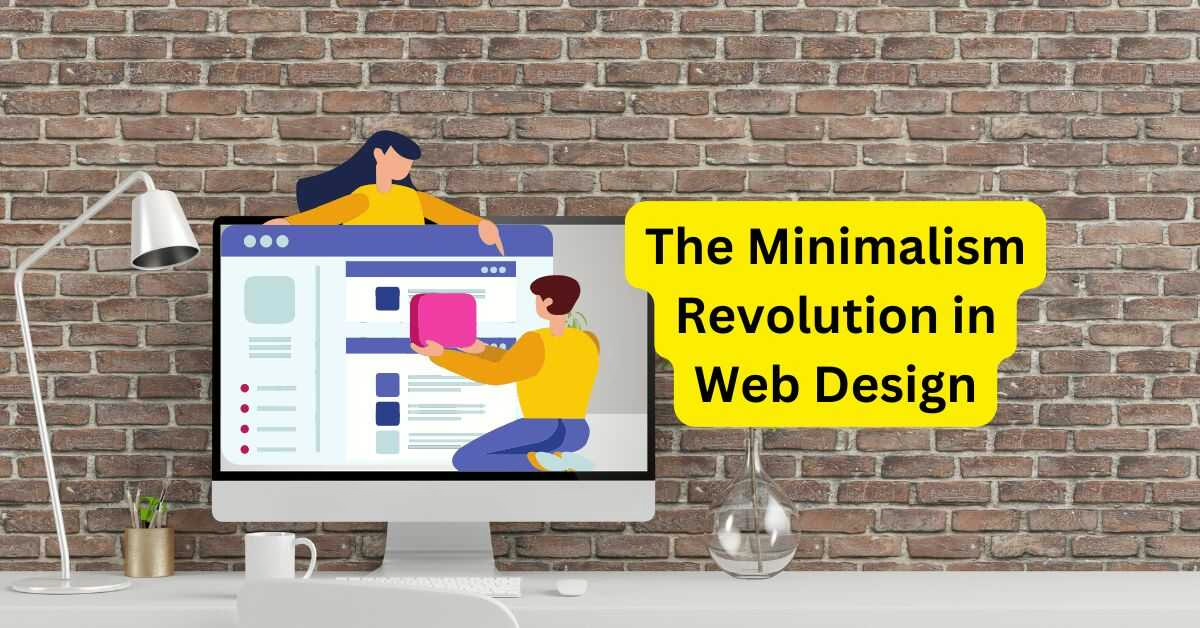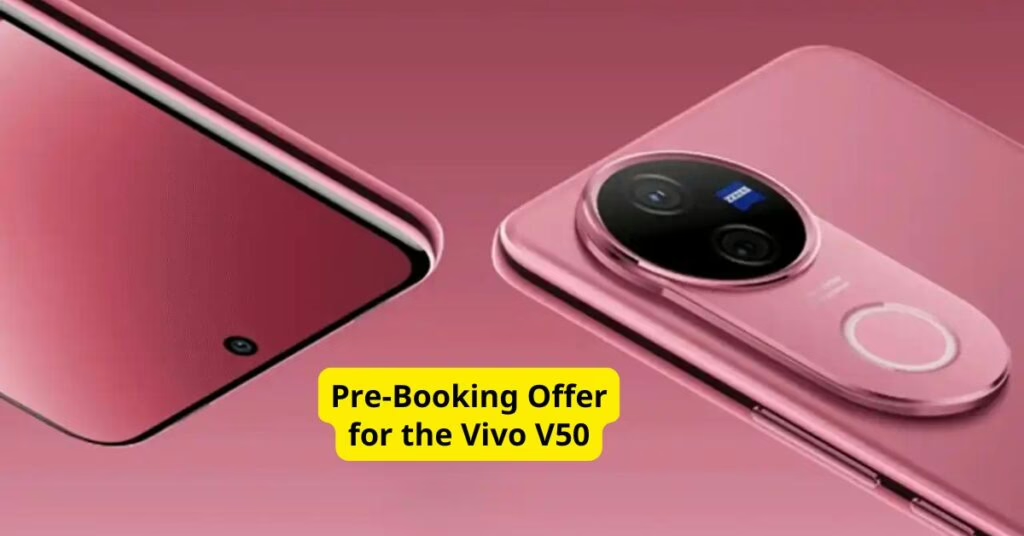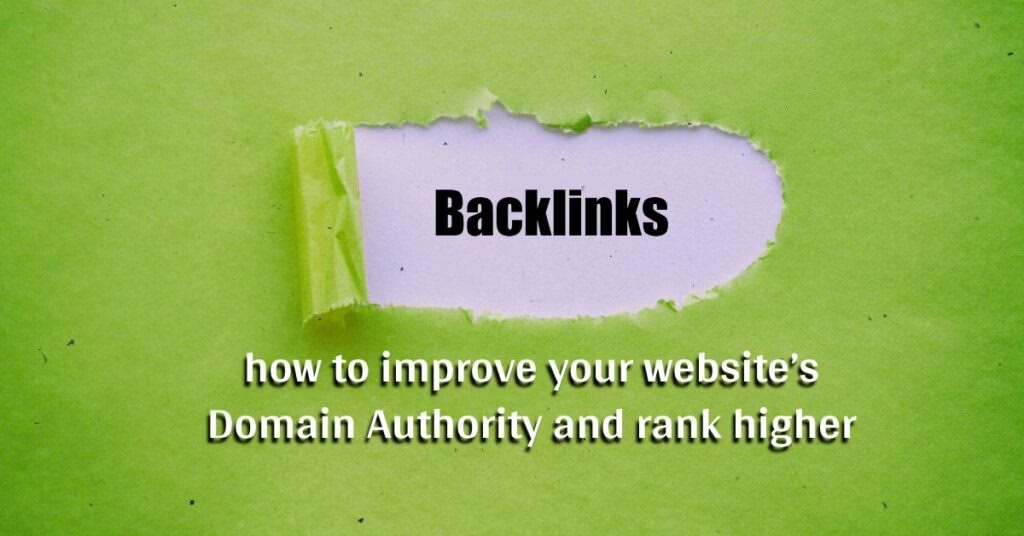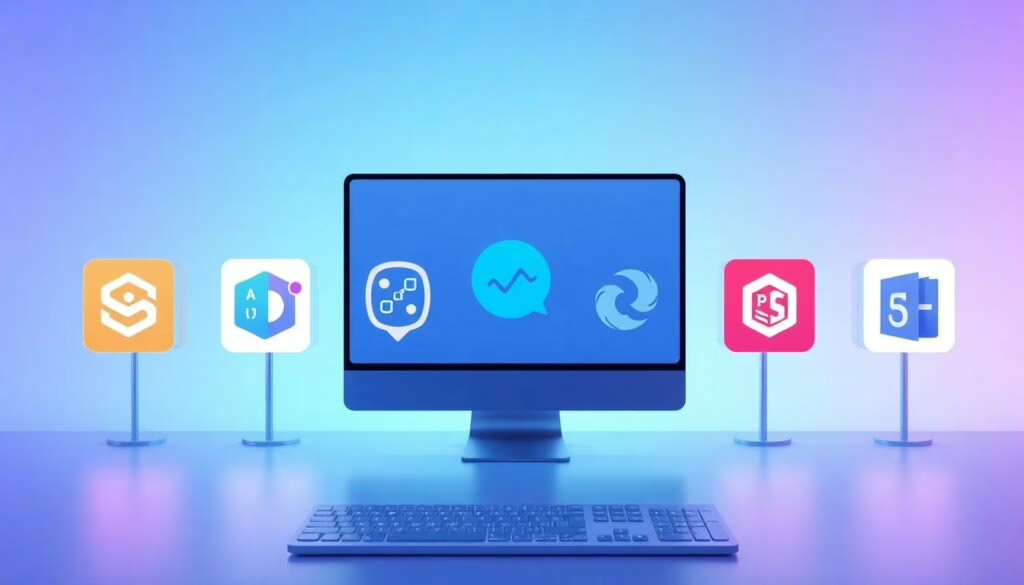Minimalism has transcended its roots in art and architecture to become a central philosophy in the world of web design. As we step into 2025, minimalism is not just a trend but a necessity. This shift reflects the growing demand for cleaner, user-centric designs in the realm of ecommerce and professional web development. In this article, we explore how minimalism is shaping web design, why simplicity is key to user experience, and how you can leverage it to design a website that is both functional and aesthetically pleasing.
The Minimalism Revolution in Web Design
What is Minimalism in Web Design?
Minimalism in web design focuses on simplicity, functionality, and the elimination of unnecessary design elements, which is crucial for effective content creation. It is about creating a website where every element has a purpose, contributing to the overall user experience. Minimalist web designers prioritize clarity, ease of navigation, and responsiveness, ensuring that every website they design enhances user interaction and meets search engine optimization standards through effective user interface design.
Why Minimalism Matters More Than Ever
In the fast-paced digital era, users demand efficiency. They expect websites to load quickly, display well on any screen size, and deliver content without distractions. Minimalist design meets these expectations by stripping away clutter and focusing on essential elements like typography, spacing, and contrast, which are vital for effective graphic design and content management systems. For businesses, a minimalist website design offers better SEO, faster loading speeds, and improved accessibility.
Key Principles of Minimalist Web Design
Focus on the User Experience
User experience (UX) is at the heart of minimalist design. A well-designed website prioritizes usability and ensures visitors can easily navigate pages, find information, and interact with features, which might use advanced design software. Responsive web design further enhances the UX by ensuring that the website adapts to various screen sizes seamlessly.
Typography as a Core Design Element
Fonts play a pivotal role in minimalist designs, which graphic designers carefully select to enhance the overall aesthetic. A clean and professional font can convey the website’s tone while maintaining readability, especially in a user interface. Web designers often opt for sans-serif fonts because they appear modern and uncluttered, aligning with minimalist principles in custom website design.
Effective Use of Negative Space
Negative space, or white space, is a crucial element in minimalist design that enhances the overall aesthetics of web pages. It enhances readability, draws attention to key content, and creates a clean, uncluttered layout. This approach ensures that users are not overwhelmed by excessive elements.
How to Implement Minimalism in Web Design
Simplify Navigation
Website navigation should be intuitive and straightforward to enhance the user experience on any type of website. A business website, for instance, can benefit from a streamlined menu that allows users to find information quickly, enhancing the overall user interface. Whether you’re creating a website for an online store or a portfolio, simplicity in navigation enhances the overall experience.
Optimize Performance
Minimalist websites tend to load faster due to their simpler layouts and fewer resources. Optimizing images, reducing coding redundancies, and leveraging modern tools like lazy loading ensures that your website performs efficiently.
Leverage Website Builders
If you’re creating a new website but lack extensive coding knowledge, a website builder can be your best friend. Many website builders offer minimalist templates that allow you to customize designs to suit your brand while maintaining simplicity in your ecommerce site.
Select the Right Templates
Website templates provide a great starting point for minimalist web design. Choosing a collection of website templates with clean lines, ample white space, and straightforward functionality can save time and effort while ensuring your custom website is visually appealing.
Minimalist Design Features for 2025
One-Page Websites
The one-page website trend aligns perfectly with minimalism. By condensing all essential content onto a single, scrollable page, this design approach eliminates complexity and enhances usability. It’s an ideal solution for promoting a single product or service.
Clean Visual Design
Visual design in minimalism emphasizes clarity. Avoid flashy graphics and prioritize design elements like typography, layout, and icons to deliver an aesthetically pleasing experience.
Responsive Design
In 2025, responsive web design is non-negotiable, as it adapts to the diverse types of web users. Websites must adapt seamlessly to various screen sizes, from desktops to smartphones. A responsive website not only improves usability but also enhances SEO performance, making it essential for any professional web designer.
Benefits of Minimalist Web Design
Enhanced User Engagement
Minimalist websites are easier to navigate, making it more likely that users will engage with your content. For instance, a professional web design focusing on clean navigation and clear calls to action can increase conversions.
Improved SEO
Minimalist design directly benefits SEO. Fast-loading pages, mobile-friendly layouts, and simple, clean code all contribute to higher search engine rankings. As a web designer, incorporating minimalism is one way to optimize websites effectively.
Cost-Effectiveness
Minimalist designs often require fewer resources and less maintenance, reducing development and operational costs. For businesses considering website development, a basic website with a minimalist approach can be both cost-effective and impactful, especially when using a content management system.
Practical Tips for Web Designers
Embrace Design Tools
Modern design tools and animation help you create minimalist websites effortlessly. Tools like Figma and Adobe XD allow web designers to prototype designs and focus on user experience and visual clarity.
Start with a Free Website Builder
For those new to web development or learning how to design a website, starting with a free website builder can provide hands-on experience. These platforms often offer customizable templates to help you create a professional-looking website without coding, perfect for graphic design enthusiasts.
Focus on Page Design
Every page on your website should have a clear purpose. Define goals for each page during the design process and ensure that the design supports these objectives. This approach enhances user engagement and leads to a successful website.
Learn from Various Design Inspirations
Explore design inspirations from popular web platforms, especially those that prioritize minimalism. Analyze their design features, navigation, and usability to gather insights for your projects.
Real-World Examples of Minimalist Web Design
Apple
Apple’s website is a classic example of minimalist design. With clean layouts, effective use of negative space, and a focus on product visuals, Apple demonstrates how simplicity can lead to a highly functional website.
Google Web platforms epitomize minimalism, making them a popular choice for ecommerce websites. Their homepage, with just a logo and a search bar, is arguably the best website example of how to achieve functionality through simplicity and a streamlined user interface.
Squarespace
As a website builder, Squarespace offers numerous templates tailored for minimalist designs. These website templates emphasize clarity and usability, making it easy for users to create and manage a website with minimal effort.
Minimalism in E-commerce and Business Websites
Creating Online Stores
For e-commerce, minimalism focuses on showcasing products without distractions, often enhanced by dynamic web features. A well-designed online store simplifies navigation, highlights products effectively, and ensures a smooth checkout process.
Business Website Design
A business website can cost a lot if overloaded with unnecessary features. Minimalism helps reduce costs and makes websites more user-friendly, especially for ecommerce platforms. By keeping things simple, businesses can ensure their website is designed to meet customer needs efficiently.
The Future of Minimalism in Web Design
Minimalism in web design is not a fleeting trend; it has become a fundamental approach for many web developers. As we move further into 2025, this philosophy of dynamic web design will become a foundational principle. Whether you’re designing a professional web platform or creating websites for free, embracing minimalism ensures better user experience, improved SEO, and easier maintenance.
Final Thoughts
The rise of minimalism signifies a shift towards functional and user-focused designs. By prioritizing simplicity, web designers can create engaging, responsive, and efficient websites. Whether you need a website for your business or want to explore website development, minimalism offers the ideal approach to crafting a well-designed website. The time to design with simplicity is now—embrace minimalism and stay ahead in the world of web design.



